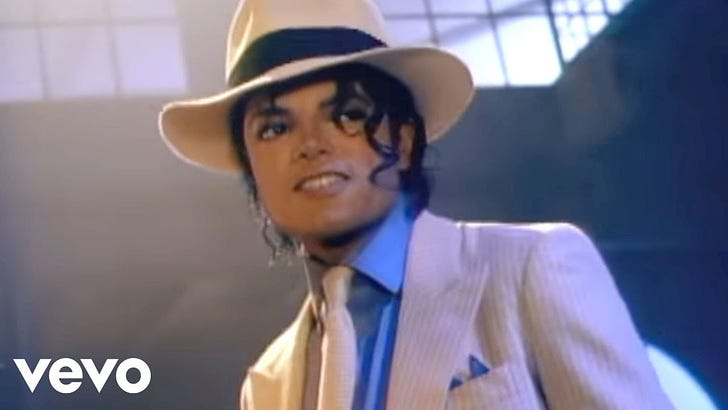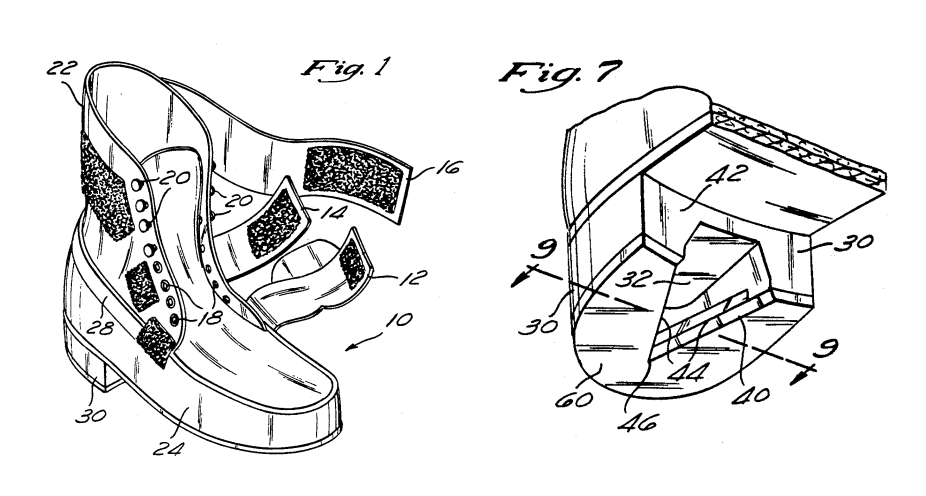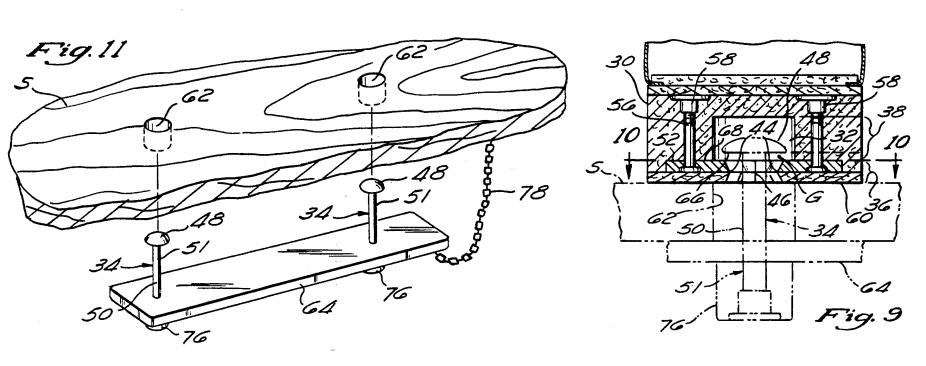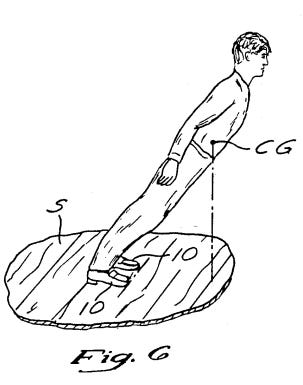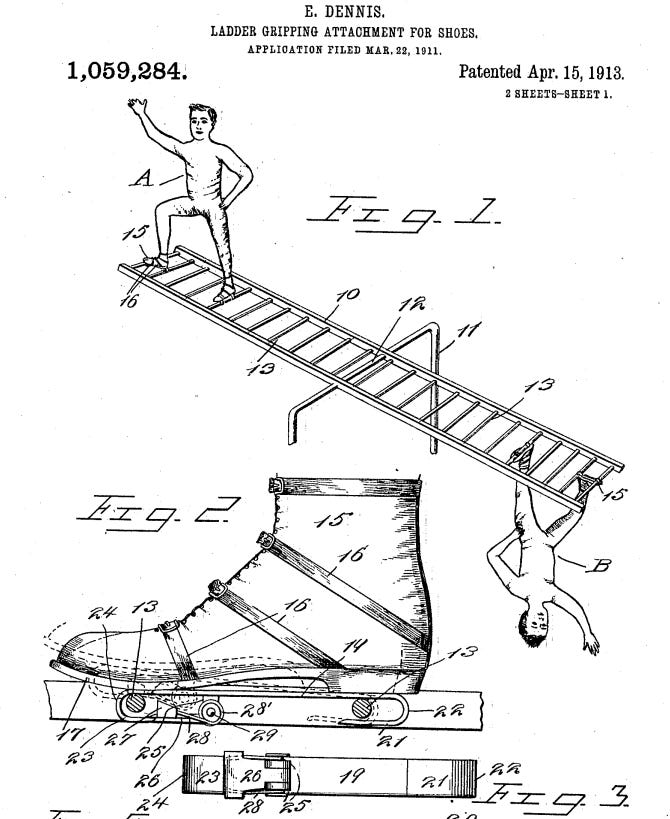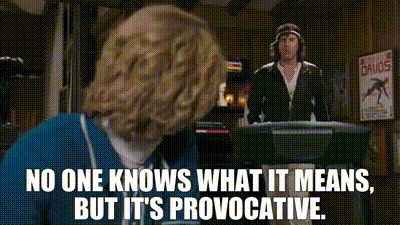When you hear that Michael Jackson once secured patent rights associated with one of his iconic dance moves, you might assume he managed to protect his signature Moonwalk. But it turns out that’s not the case, for a couple of reasons.
For starters, Michael Jackson wasn’t the first to moonwalk. While he catapulted the dance move to global fame after debuting his rendition during a televised performance of Billie Jean in 1983, the Moonwalk – alternatively called a “backslide” – had been previously performed by many others at least as far back as the 1930s.
And, on a more technical legal note, you simply can’t patent a dance move – at least not in the US. That’s because the US patent system only protects technological innovations.1 This leaves certain kinds of bodily motion techniques outside the sphere of patentability, meaning that even if you come up with a really impressive new dance move, or, say, a really effective new sporting technique2, that kind of innovation won’t be eligible for patent protection.
With that in mind, we can set aside the idea that the King of Pop patented any of his iconic dance moves unto themselves. So, what does that leave?
Well, it turns out you can’t patent a dance move itself, but you can patent a clever device used to perform a dance move. And while most of Michael Jackson’s famous moves were a matter of pure generational dance talent, one iconic move – the Anti-Gravity Lean – was instead an illusion, performed with technological assistance of one such clever device. That technological assistance opened the door for patent protection, coming by way of US 5,255,452, Method for Creating an Anti-Gravity Illusion.
A “Smooth Criminal” refresher
For background on the Anti-Gravity Lean, we’ve got to start with Michael Jackson’s 1988 single Smooth Criminal. The song is both musically inspired3 and lyrically bizarre, painting a picture of a violent apartment break-in that leaves the carpet blood-stained and the fate of Annie uncertain. What in the world is going on in this song!? No one knows, but somehow, it works.4
Apparently determined to dial up the artistic mystique even further, Jackson commissioned a music video in the form of a short film. The vision for the music video was conceived by the lead dancer from the famous music videos for “Beat It” and “Thriller,” and what resulted was a nine-minute-long film in which Jackson dons a white suit and fedora to dance and battle bad-guys in a 1930s gangster club.
The video is full of striking moments, from Jackson flipping a coin 25 feet into the slot of a jukebox, to him shattering glass windows via the telekinetic energy of an emphatic dance spin. But none are more iconic than the Anti-Gravity Lean, which is busted out at the 7:04 mark in the video above.
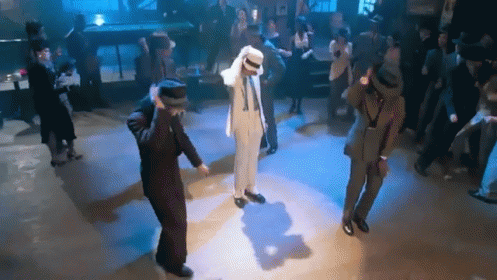
Now, looking at the gif above, you shouldn’t need to be a professional choreographer or a physics major (bonus points if you can guess which of those two credentials I have) to tell that this slow-motion dance move is physically impossible. Each of the five leaning guys in the scene (note the fifth guy at the top who, for apparently unknown artistic reasons, is leaning in the opposite direction of the other four) has his center of gravity out about 2-3 feet out past the tips of his toes.
So how was this done for the music video? The uninspiring answer, of course, is hidden cables. And this was all well and good for the music video, where a few cleverly-timed camera cuts allowed time to rig up the cabling before and after the lean.
But when Jackson broke out a live Anti-Gravity Lean on stage in Bucharest for the Dangerous Tour in 1992, the tool enabling the lean was a bit subtler – and patent pending!
US 5,255,452 – Method for Creating an Anti-Gravity Illusion
The secret to the live-action Anti-Gravity Lean is set out in the ’452 patent, filed in 1992 and listing inventors Michael J. Jackson, Michael L. Bush, and Dennis Tompkins.5
FIGS. 1 and 7 tell the story visually. As shown below, the invention is a boot that has a “specially designed heel slot” on the bottom of the heel, allowing the boot to be slid forward onto a “hitch” that securely protrudes from beneath the dance floor.
FIG. 11 illustrates the cooperative hitch mechanism that can protrude from underneath the dance floor, and FIG. 9 shows a cross-sectional view of the hitch engaged in the heel slot.
Combining the heel slot and stage-mounted hitch with the boot’s robust high ankle support and a ton of core strength from the dancer himself, all of this together allows for the on-stage Anti-Gravity Lean, as summed up in claim 1 of the patent:
1. A system for engaging shoes with a hitch mans to permit a person standing on a stage surface to lean forwardly beyond his or her center of gravity, comprising:
at least one shoe having a heel with a first engagement means, said first engagement means comprising a recess formed in a heel of said shoe covered with a heel slot plane located at a bottom region of said heel, said heel slot plate having a slot formed therein with a relatively wide opening at a leading edge of said heel and a narrower terminal end rearward of said leading edge, said recess being larger in size above said terminal end of said slot than is said terminal end of said slot; and
a second engagement means, detachably engageable with said first engagement means, comprising a hitch member having an enlarged head portion connected by a narrower shank portion to a means for raising and lowering said head of said hitch member above and substantially level with or below said stage surface, said head portion being larger in size than said terminal end of said slot and said shank portion being narrower than said terminal end of said slot, wherein said hitch member can be moved through apertures in said stage surface between a projecting position raised above said stage surface and a retracted position at or below the stage surface, and when said head portion of said hitch member is raised above said stage surface, said first engagement means can be detachably engaged with said projecting hitch member, thereby allowing a person wearing the shoes to lean forwardly with his or her normal center of gravity beyond a front region of said shoes, and maintain said forward lean.
And finally, I would be remiss not to include FIG. 6 of the patent, which illustrates the full effect of the on-stage lean.
Would it really have have been that much more work for the illustrator to have included the fedora?
But wait – what about the prior art?
The ’452 patent issued in 1993 and remained in force for 12 years until its expiration due to lack of payment of maintenance fees. But this is a patent blog, so we’re obligated to go one level deeper and take a peek at the prosecution history and prior art.
The ’452 patent received one office action from Examiner Marie Patterson, who worked in a mechanical engineering art unit and appears to have retired in 2012. Examiner Patterson issued a few indefiniteness rejections under section 112, and also rejected the original independent claim as obvious over two different combinations of references:
Blizzard (US 5,042,173) in view of Venables (US 2,114,790).
The standalone reference Dennis is an oldie from way back in 1913, titled “Ladder Gripping Attachment for Shoes.” Despite the understated title, the Dennis reference explains that the invention relates to “theatrical appliances, and more particularly to devices for use in aerial athletic exhibitions.”
What exactly does that mean? Apparently, it means this:
Here, I will forgive the lack of fedoras in the otherwise fabulous FIG. 1.
Meanwhile, the Blizzard reference (1990) describes a pair of rail-mountable cleats for anchoring an astronaut to the floor in a zero-gravity environment, and the Venables reference (1937) describes an exercise shoe for clipping weights to the wearer’s feet. An eclectic mix!
In any event, the office action indicated that Jackson’s dependent claim 4, which recited additional detail about the geometric shape of the hitch and the heel slot, would be allowable if rewritten in independent claim form. This left Jackson and his co-inventors with a clear path forward to amendment and allowance, which they took, securing a bit of patent pop history with the allowance and grant of the ’452 patent.
A few addenda
I didn’t know where else to fit this in, but I feel obligated to mention that Smooth Criminal originally came on my radar when Alien Ant Farm released their cover in 2001.
Having been born the year after the original Michael Jackson version of the song was released, I maintained throughout my teenage years that the Alien Ant Farm version was better than the original. Certainly a hot take. Listening to them both now, I will say that the guitar solo in the Alien Ant Farm version still goes hard. But, the Alien Ant Farm music video – stuffed to the gills with MJ homages as it may be – otherwise just feels truly, painfully dated.
And lastly, with all this talk about anti-gravity, I should mention that Patent-Prose cofounder Nathan Vogler and I will be holding space for the lyrics of Defying Gravity this week as we catch Wicked on Broadway with some of our patent colleagues in New York. I’ll be on the lookout for any clever stagecraft devices so I can check afterwards if they’re patented.
The current patent statute is limited to the protection of any “new and useful process, machine, manufacture, or composition of matter, or any new and useful improvement thereof.” The requirement that a patentable invention be “useful” is read to require technological utility.
Ongoing congressional efforts to rewrite the patent eligibility statute would explicitly codify the exclusion of dance moves, with draft legislation specifying that “process claims drawn solely to the steps undertaken by human beings in methods of doing business, performing dance moves, offering marriage proposals, and the like shall not be eligible for patent coverage.”
The textbook from my patent law class in law school gave the example here of the hypothetical invention of an improved technique for swinging a tennis racket: patent-ineligible.
Personally, I always thought instead of the example of the Fosbury Flop, which I was taught in middle-school was invented by Dick Fosbury. Sadly, a quick trip over to Wikipedia has just disabused me of that myth. Dick apparently “popularized and perfected” the move, but didn’t actually invent it. Apparently, historically inaccurate and patent-ineligible.
One retrospective called it “synth funk.”
The other two inventors were Michael Jackson’s fashion designers and dressers.

